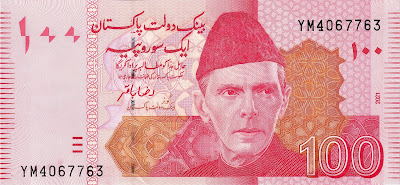Madagascar, the enchanting island nation off the southeastern coast of Africa, boasts a rich tapestry of biodiversity, culture, and history. Central to its economic transactions is the official currency, the Malagasy Ariary (MGA). With a unique origin and a significant presence in the market, the Ariary serves as a symbol of Madagascar's economic identity.
The Malagasy Ariary, represented by the symbol "Ar" and the currency code MGA, has a fascinating history dating back to the pre-colonial era. Originally, Madagascar utilized a variety of commodity currencies, including cowry shells and various metals, in local trade. However, the Ariary as we know it today was established in 1961, replacing the Malagasy Franc, following Madagascar's independence from French colonial rule.
The name "Ariary" itself harks back to Madagascar's pre-colonial past. Derived from the Malagasy word "ary," meaning "silver," the term pays homage to the historical significance of precious metals in Madagascar's traditional economy. This cultural connection imbues the Ariary with a sense of national pride and heritage.
In terms of its value in the market, the Ariary's exchange rate fluctuates in response to various factors, including domestic economic performance, inflation rates, and global market trends. While the currency has faced challenges, including periods of volatility and inflationary pressures, concerted efforts by Malagasy authorities aim to maintain its stability and promote economic growth.
The Central Bank of Madagascar, known as Banque Centrale de Madagascar, plays a pivotal role in overseeing the country's monetary policy and managing the Ariary's value. Through measures such as interest rate adjustments and foreign exchange interventions, the central bank seeks to safeguard the Ariary's purchasing power and ensure its reliability as a medium of exchange.
Despite its occasional fluctuations, the Ariary remains an integral part of daily life in Madagascar, facilitating transactions across diverse sectors of the economy. From bustling marketplaces to modern financial institutions, the Ariary continues to serve as a cornerstone of Madagascar's economic landscape, reflecting the nation's resilience and vibrancy on the global stage.

.jpeg)
.jpeg)
.jpg)
.jpg)
.jpg)
.jpg)
No hay comentarios:
Publicar un comentario